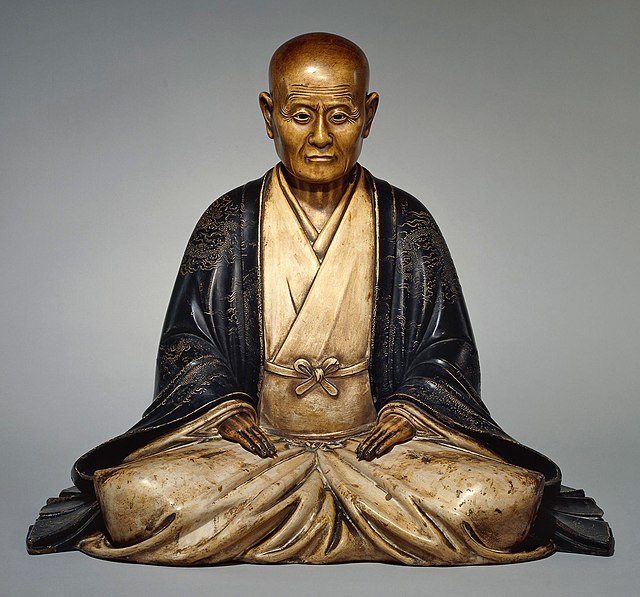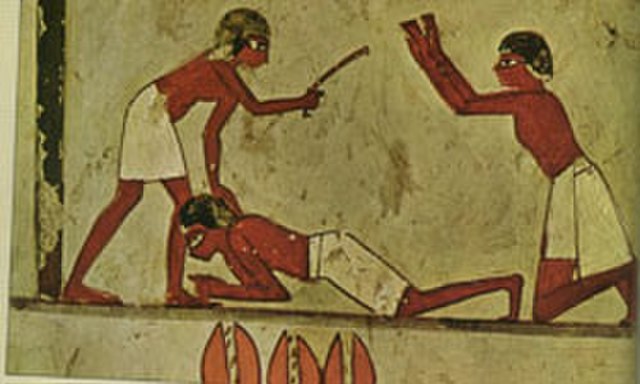The middle class refers to a class of people in the middle of a social hierarchy, often defined by occupation, income, education, or social status. The term has historically been associated with modernity, capitalism and political debate. Common definitions for the middle class range from the middle fifth of individuals on a nation's income ladder, to everyone but the poorest and wealthiest 20%. Theories like "Paradox of Interest" use decile groups and wealth distribution data to determine the size and wealth share of the middle class.
Sculpture of a chōnin, a middle class of mainly merchants that emerged in Japan during the Edo period. Early 18th century.
A social class or social stratum is a grouping of people into a set of hierarchical social categories, the most common being the working class, middle class, and upper class. Membership of a social class can for example be dependent on education, wealth, occupation, income, and belonging to a particular subculture or social network.
Slave beating in ancient Egypt
Burmese nobles and servants
Nigerian warriors armed with spears in the retinue of a mounted war chief. The Earth and Its Inhabitants, 1892
A symbolic image of three orders of feudal society in Europe prior to the French Revolution, which shows the rural third estate carrying the clergy and the nobility





